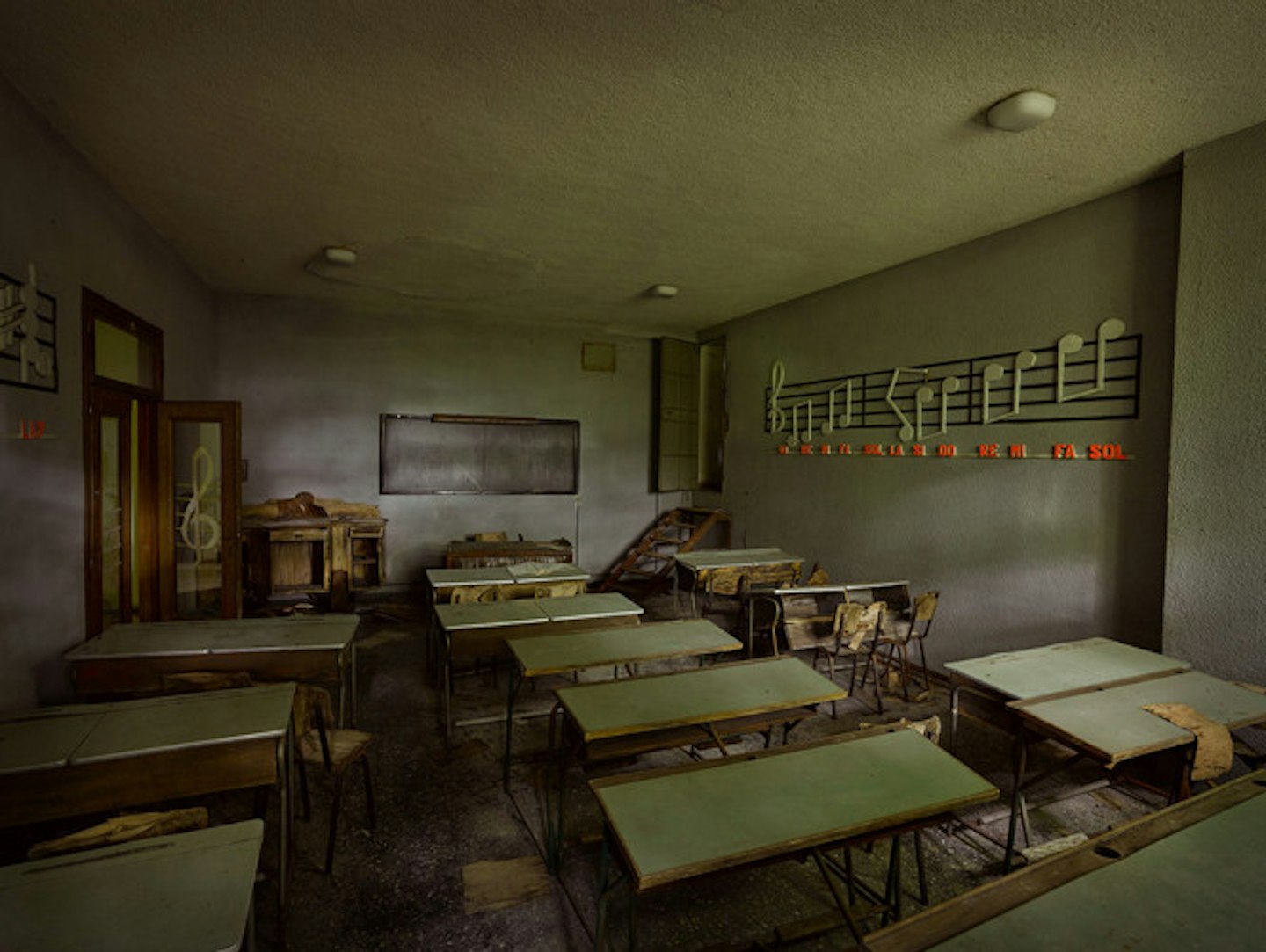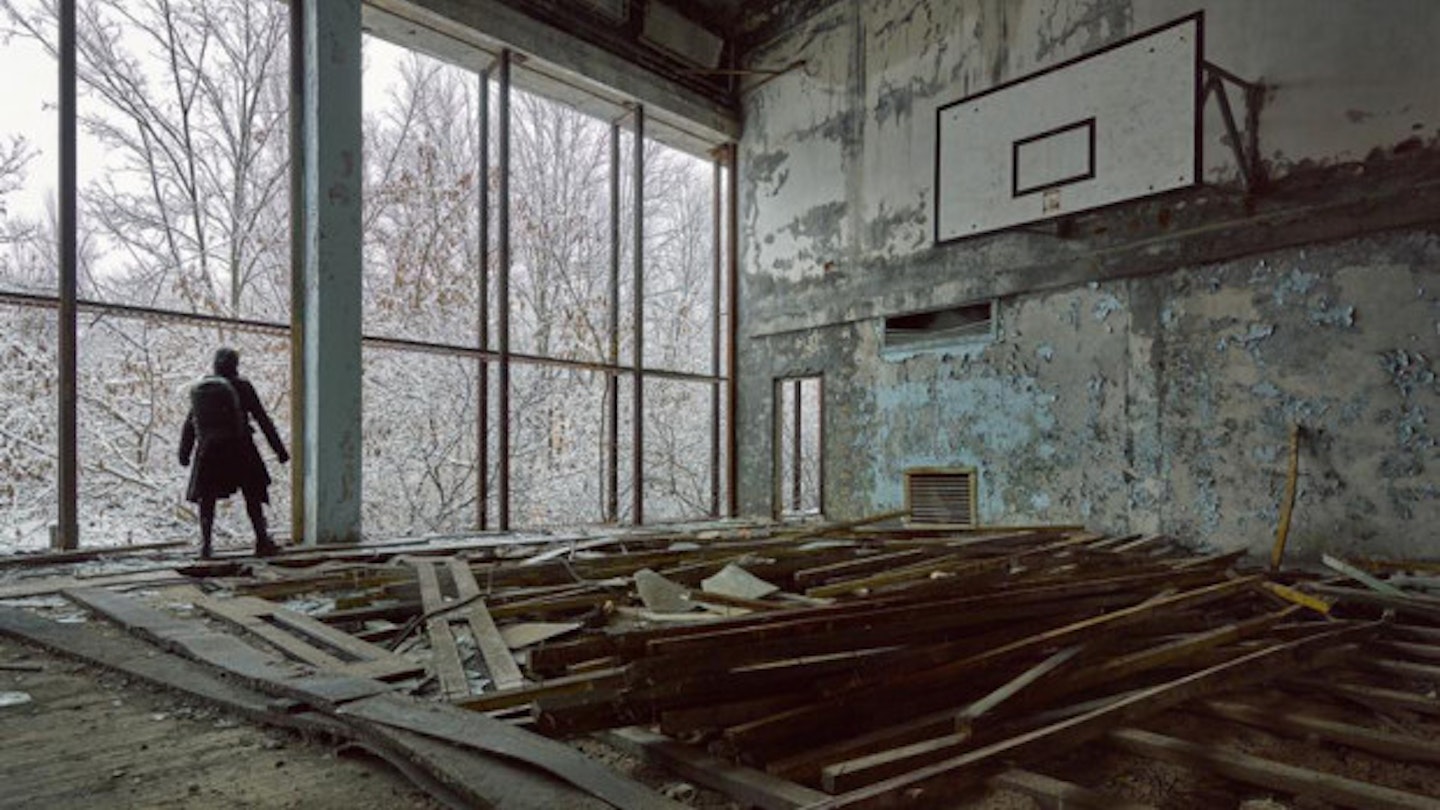Tell anyone you’re writing a feature on dark tourism and two things will inevitably happen. First they’ll enquire what it is, and you’ll reply something like, 'Welllllll, dark tourists are people that go to places that have seen significant human death and suffering.' Then they’ll look at you searchingly, perhaps a little accusingly, and ask if you’re okay and how things are at home.
'Dark tourism is simply a name given, or even imposed on, the production and consumption of visitor sites that represent death and dying and, which in turn, have difficult or contested heritage,' says Dr Phillip Stone, Executive Director of the Institute for Dark Tourism Research.
Stone - a business management and sociology lecturer by day, and gold-plated clever chap - has done more than anyone to educate the world about dark tourism. Perhaps unsurprisingly, much of his efforts are consumed with trying to convince people that it’s the opposite of what they might think. 'The media will probably remain focused on dark tourism and death and dying, whilst academia will continue to examine dark tourism and its role in life and living.'
When you consider the world’s five most popular dark tourism sites - Ground Zero, Alcatraz, Auschwitz, Pearl Harbour, Pompeii - academia’s standpoint certainly sounds prescient. You wouldn’t consider a desire to visit any of these rooted in any kind of grisly voyeurism, and certainly not something any average, bumbag-welding tourist wouldn’t do. Visits to these sites are reflective; by putting some context on the vagaries of the world, they hopefully enable you to feel a little better about your place in it.

There is, however, a burgeoning online culture of enthusiasts searching out sites well off the beaten track. Who don't mind traveling for a day a night or a week to gaze a little further into the well of human suffering. One of these is Rebecca Bathory, a photographer studying a PHD in dark tourism photography. Rebecca has visited Chernobyl (three times), churches of the dead in Italy and abandoned mental asylums in West Virginia. She’s currently on a tour of the planet’s most far-flung dark tourism sites taking pictures for an upcoming book, and has just been in Fukishima; the now-deserted 2011 site of the world’s worst nuclear disaster since Chernobyl.
'For some there’s definitely an attraction/repulsion thing. It’s like a car crash. Some people it doesn’t interested them at all, others it does. I think everyone has different reasons to go there. Obviously I’m a photographer so I’m there to take photos. I think a lot of people are there for the history, then you’re attracted to things you wouldn’t normally see. Because death’s hidden from society.'
Throughout our conversation Bathory rather sweetly says, 'You think this is weird don’t you?' My stock reply is, 'It’s not for me.' And it isn’t, but that doesn’t mean her point isn’t sound. In our world, violence as a currency has never been higher: we’ll gleefully watch families murder each other on Game Of Thrones; we’ll sit by and snigger when our friends run over innocent bystanders in Grand Theft Auto; we’ll guiltily watch NFSW videos through the cracks in our fingers.
But Western culture has never been so immunized against the reality of death.
'Different cultures have such a better way of dealing with death,' says Bathory. 'In India, for example, you could walk down the road see a skull and no none would bat an eye lid. If it was in America there would be a forensic examination.' It’s something she’s going to examine in her PHD- whether the more people partake in dark tourism and they more the see photos, the more accepting they become of death.
‘It would certainly be better for it to be more in the open. It’s one of the last taboos,' she says. Interestingly, she thinks last year’s picture of the drowned Syrian boy on a Kos beach took it too far. It might have helped bring the world’s attention to the terrible immigrant problem, but that’s not a justification. 'That was someone’s child and they’d just died. I think there’s a line.'
It’s something I touch on with Stone. In light of recent terrorist atrocities and with smartphones and 24 hour news meaning the time between tragedy and worldwide exposure is the time it takes to upload a video, how soon is too soon?
'There is a now fine blurred line between commemoration and commercialisation. And, contemporary ‘dark tourism’ often exposes this tension. In doing so, dark tourism and difficult heritage highlights broader (Western) interrelationships of how the cultural condition of society deals with its Significant Other Dead. Even so, the idea of "chronological distance" – that is, the time taken from an act of atrocity, disaster or tragedy to independent visitors visiting the site – is, arguably, becoming increasingly shorter.” '
As with all aspects of dark tourism, its a controversial, emotive issue that challenges our pre-conceived notions regarding things we don’t yet fully understand.
And maybe that’s okay.
You might also be interested in:
BBC Three's Life On Death Row: Love Triangle Is Your New True Crime Obsession
Follow David on Twitter @Gobshout
This article originally appeared on The Debrief.
